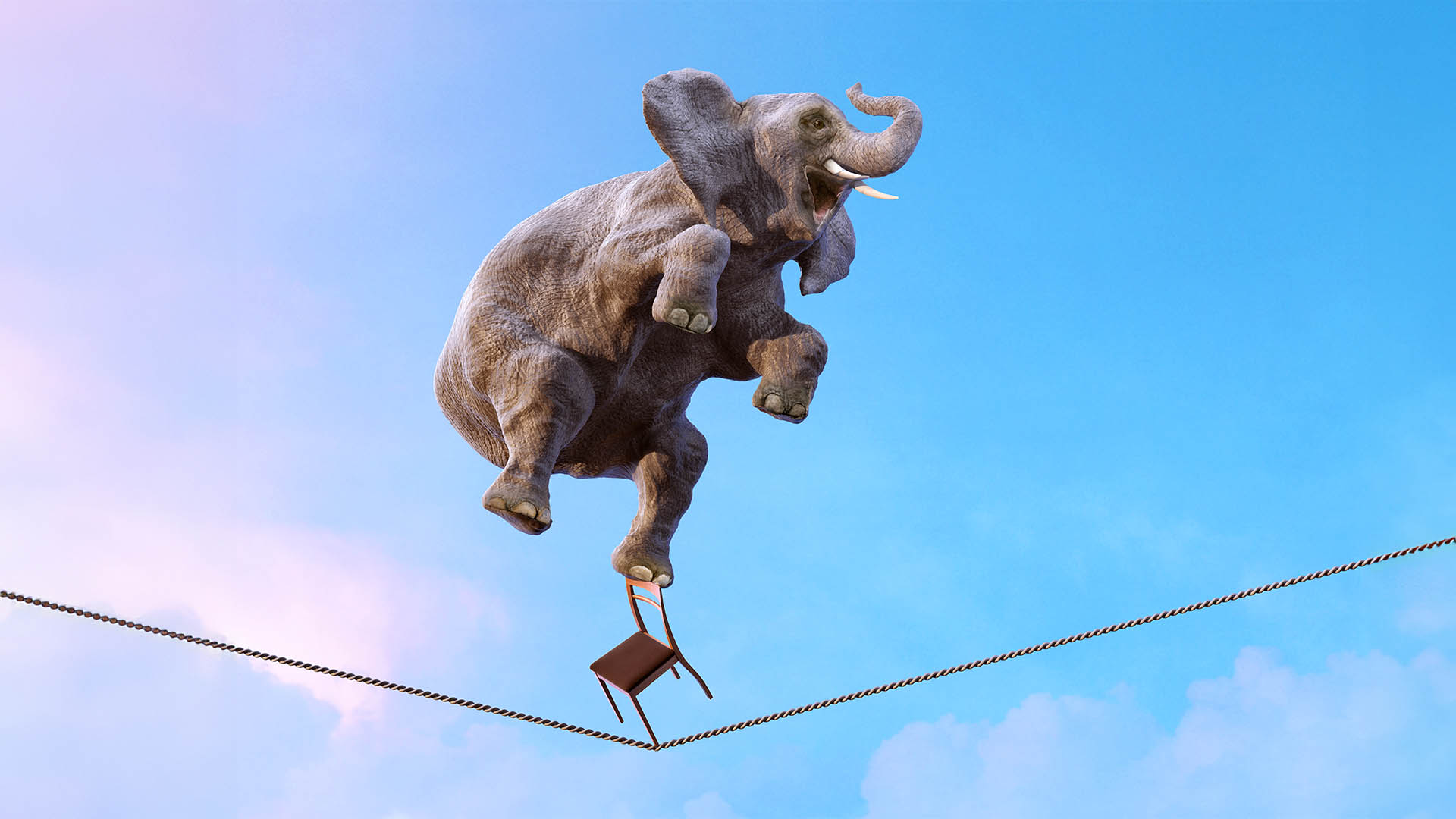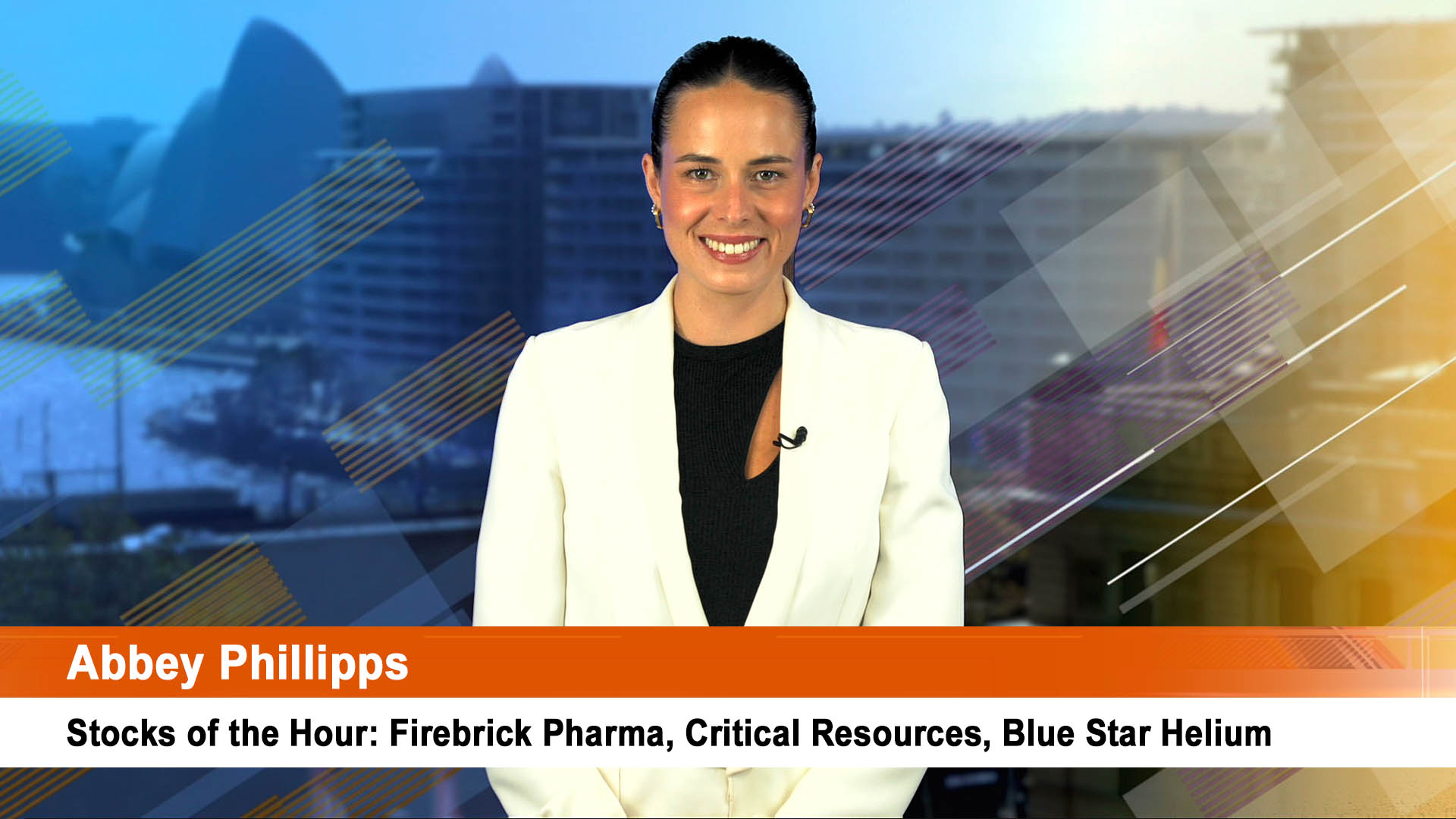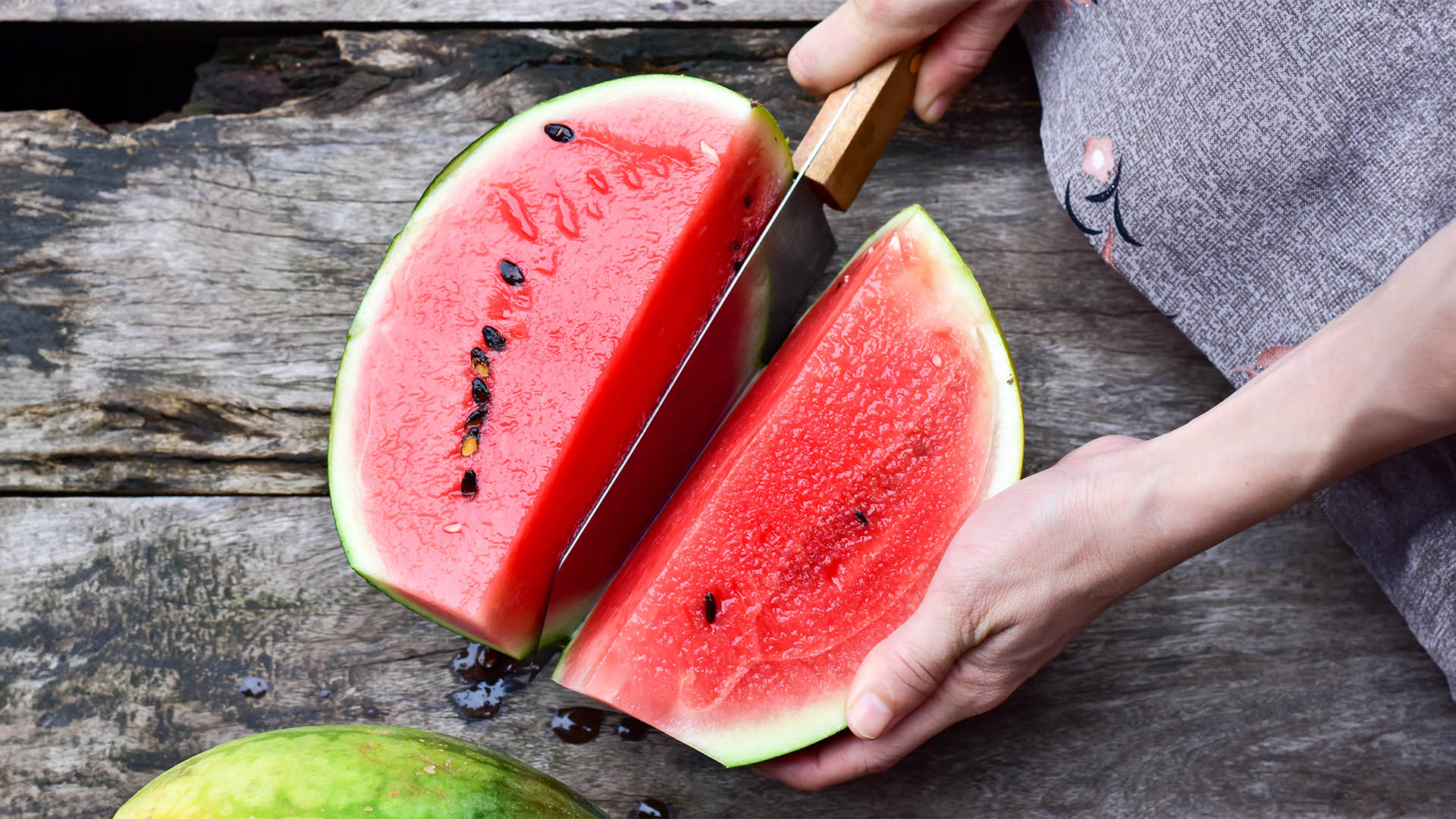The staff under payments scandal at some of its franchisees exposed two years ago by the media has seen Caltex Australia reverse course and commit $120 million to taking out all its franchisees over the next three years.
By 2020 it will own only company-controlled outlets, Caltex said the yesterday in its 2017 financial results announcement.
While full-year profit result was largely in line with guidance, it was the results of a two-year review into its convenience retail model that generated news. That followed the emergence of a wage underpayment scandal within its franchise system.
Franchisees operate 433 Caltex sites and the company currently operates 314 sites, up from 152 sites a year ago.
“Caltex aims to transition all retail franchise sites to company operations by mid-2020,” Caltex said.
"Franchising has been an integral part of growing the retail business," the company said in a statement.
"Caltex appreciates that this is a significant decision and it will affect many of our franchisees. Caltex will work with our franchisees to manage the impact of this change, including by offering franchisees transition support and offering employment to all franchisee employees.”
Total costs of the store conversion is estimated to be around $100 million to $120 million over the next three years.
This includes money for franchisees who agree to a reduced tenure and acquisition of working capital and fixed assets.
CEO Julian Segal denied the change had anything to do with the underpayment scandal which is still being investigated by the Fair Work Commission. "The decision to take over the operations has nothing to do with the franchise underpayment issue," he told reporters on Tuesday.
Caltex said yesterday that it is about halfway through an audit of its franchise network following the media reports about staff underpayments and so far 77 franchisees have left the business due to breaches.
Another 116 agreements were terminated after franchisees left the network without participating in the audit, 29 sites are resolving minor issues while 70 sites have been cleared.
According to media reports Mr Segal said taking control “of the core business” would allow Caltex to best achieve its growth targets. “This is key to accelerating the changes required to provide a more consistent customer experience, to roll out new platforms, to standardise services and to simplify supply arrangements,” he said.
Caltex has already rolled out 26 of its new format “The Foodary” pilot stores that offer healthy food on-the-go and convenient services like internet parcel pick-up and dry cleaning (a bit like Seven Eleven outlets in Japan, for example).
But this is retailing where it will be up against similar chains run by Shell, BP and Seven Eleven, for example.
Statutory full-year net profit rose 1% to $619 million as higher global oil crude prices and refiner margins boosted annual revenue 19% to $21.4 million.
Final dividend is 61 cents, fully franked, up from 52 cents. That made for a full year payout of $1.21, up 20% from the $1.02 a share paid for 2016.
Shares in Caltex were up 4%, to $36.42.
Caltex’s Lytton refinery in Brisbane was once again a major profit contributor with an 2017 earnings before interest and tax of $308 million which was up 50% compared to the prior year thanks to those higher refiner margins.













